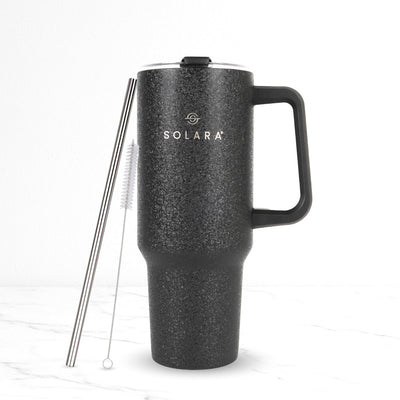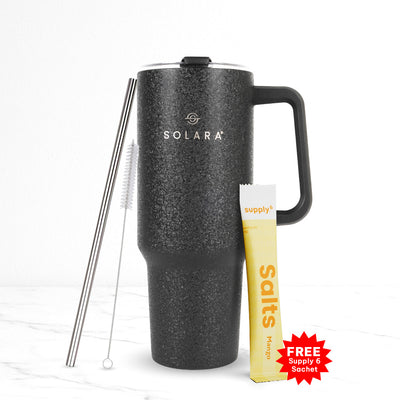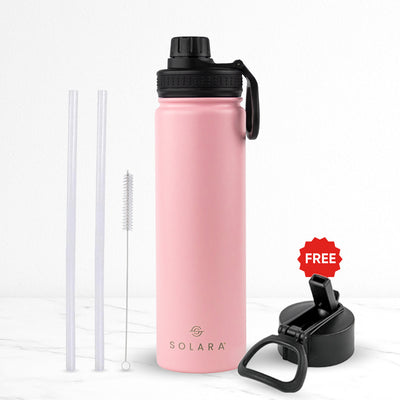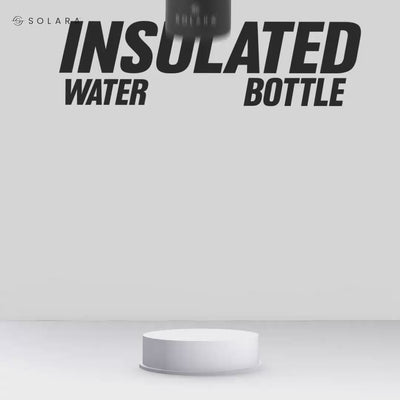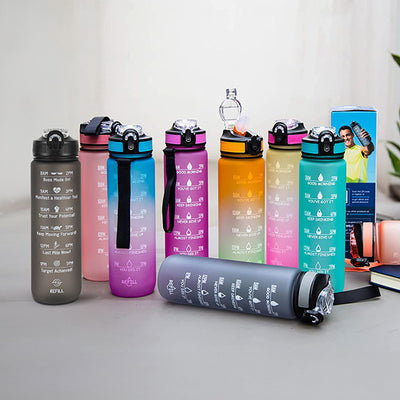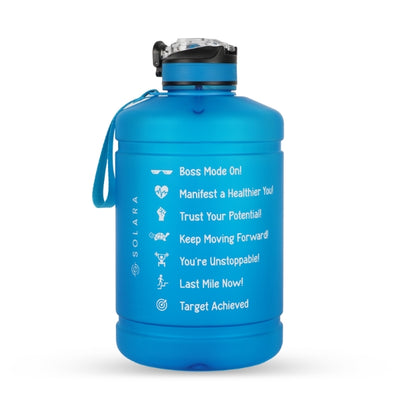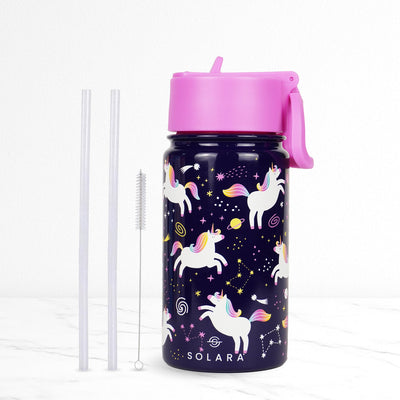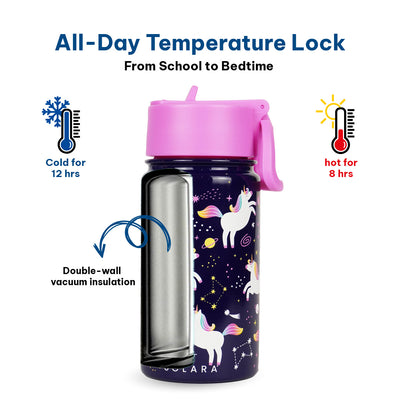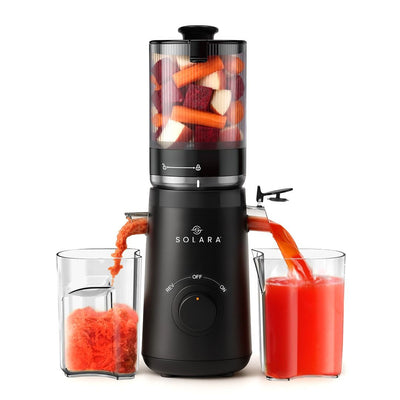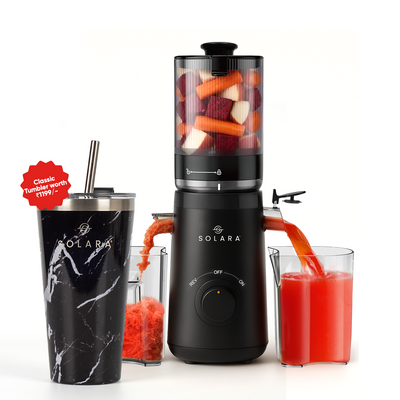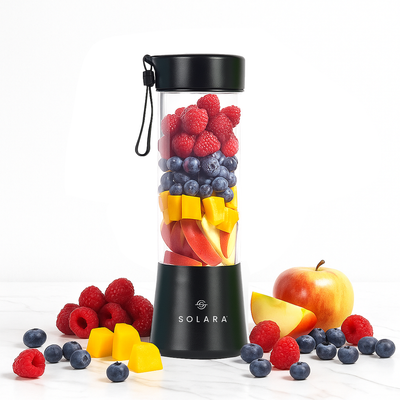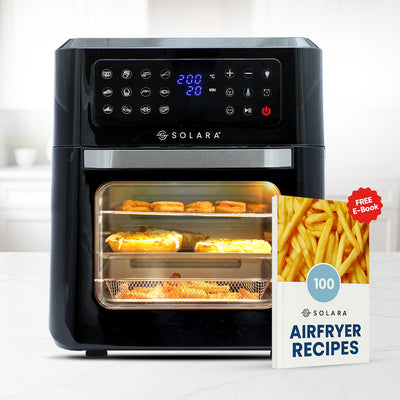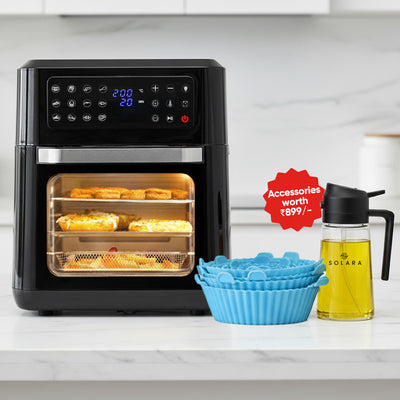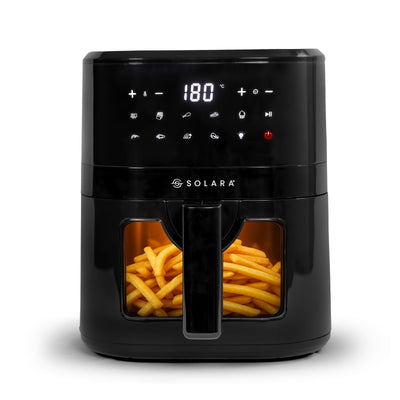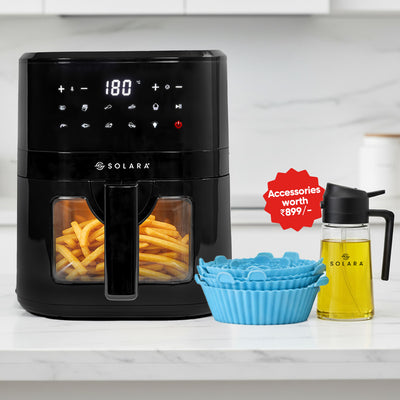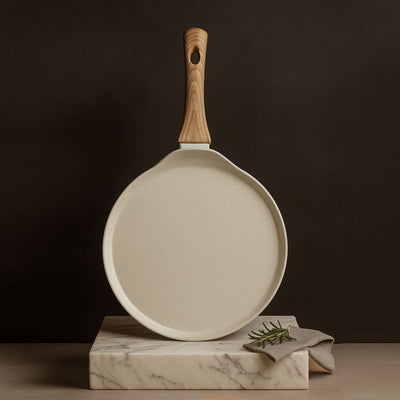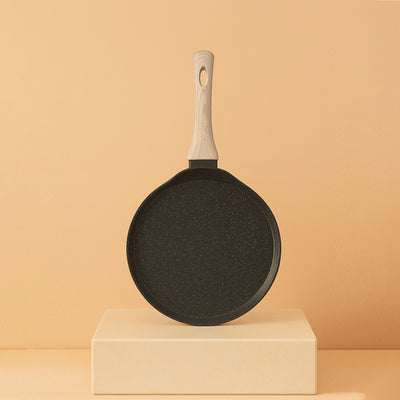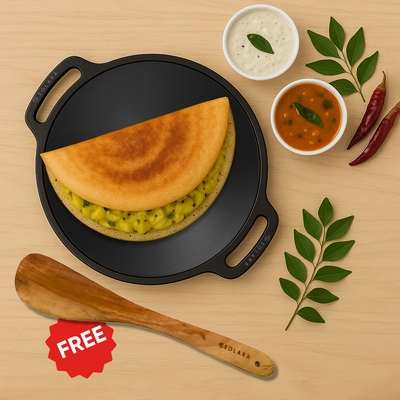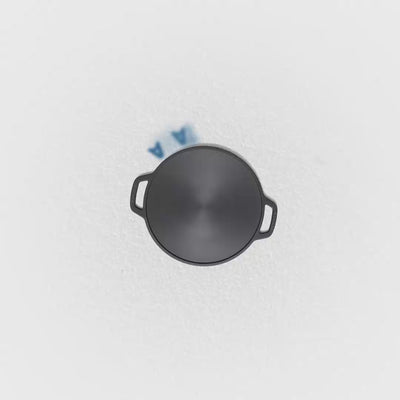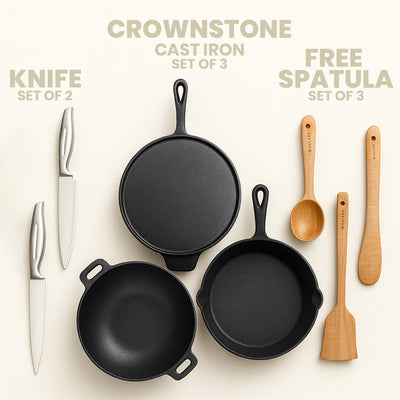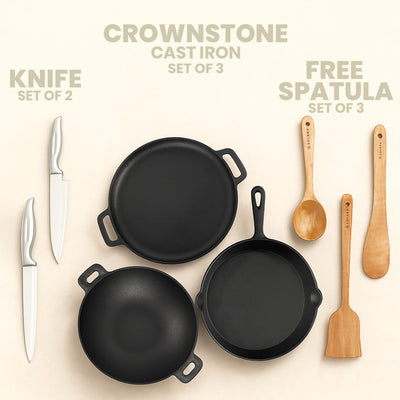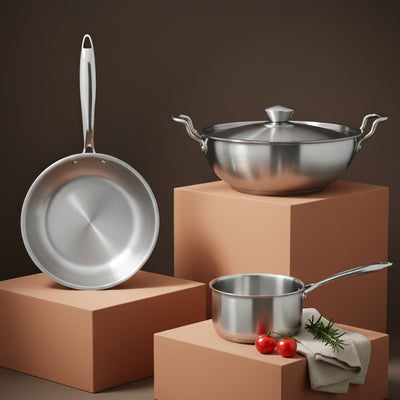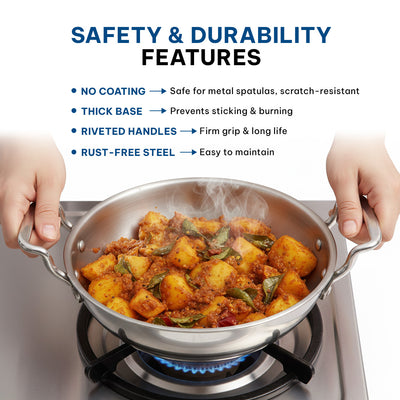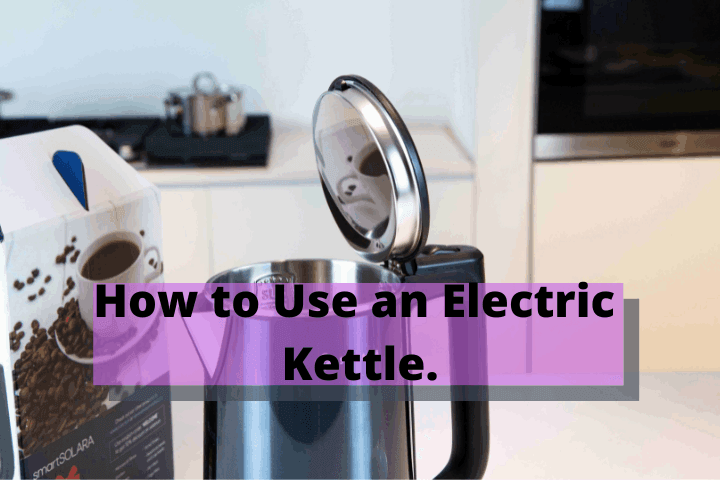
Is a cup of hot Chai customary every morning to get you up and start for a new day? Don’t worry. Many can’t move without having Chai first thing in the morning. Because for them, waking up is just half of the task. They need something to knock off the sleep trying to tempt them into lying down for another 15 minutes. Maybe, it’s not tea but a cup of hot coffee that does the magic for you. An electric kettle helps you make both. And in less than five minutes, you have your go-away-sleep drink ready.
People generally assume that an electric kettle is only meant for boiling water. That’s true but not entirely, as you can use warm water in several different ways. It can be for your everyday beverages such as tea or coffee to refresh you in the gaps you take between work. Or, for a bowl of steaming soup to get you cozy on a chilling night.
And with winter in the town already, you may be needing hot soups almost daily! Moreover, what about those times when you feel too lazy to cook for yourself? An instant cup of noodles may be the only option remaining to rest your hunger pangs. A work-at-home schedule is not that easy as it seems. And there are situations, when you are plain hungry but also have the assignment to submit. Cup noodles save the day for you again. But in all of the above, what role does the electric kettle have to play? It cuts short the time you take to prepare food. Also, it makes the whole cooking process a lot easier.
How to use an electric kettle the right way?
An electric kettle is a smart appliance that is well-equipped with heating functions and safety measures. However, if you don’t use it properly, you may end up damaging the kettle or its heating element. And the repair works for which can cost you a decent amount of money. But all that can be avoided, if only you follow some quick hacks given below on “how to use electric kettle like a pro.” They save you money and prevent accidents too.
i) Never boil an amount of water more than what you need
Many are into the habit of boiling water more than what is of need at present time. The excuse they usually give is that they will use it later on. When you have different chores at the counter that need warm water - it can make sense. But if you wish to make a cup of tea, why would you put more than one litre in the kettle unnecessarily? As less than a half litre of water would serve the purpose here.
What harm does it do to the kettle? It puts an extra burden on the heating element and even causes the kettle to boil water longer than it should have. This overworking may shorten the kettle’s lifespan. Plus, you spend more electricity - a little bit more but it all counts when you get the bill at the end of a month.
ii) Don’t overfill the kettle
Most kettle models have a maximum fill line mentioned on their inside surfaces. Never allow the water you fill up in your kettle to cross that line. Because if you do, as soon as the water starts boiling, it will rise and splash out of the kettle’s mouth. Now, this water may enter the kettle’s electrical components and damage them. And the most dangerous part - it may burn your hands too.
iii) Storing water in the kettle leads to limescale build-up
It is common for a heating appliance to have limescale deposits collected on its innards (i.e., the inside surface). Hard water has a high mineral content, and when it comes into contact with a metallic surface, it reacts with it. When you let hot water sit in the kettle, it does the same thing. Moreover, because the water is hot, the reaction happens more quickly and conveniently. But it is bad on your part! Over a while, the limescale build-up may get too hard and thick for you to remove it.
[Note: Limescale is mainly deposits of calcium carbonate sticking strongly to your kettle’s inside, having a white, pink, or brownish-red crusty appearance.]
Avoid storing water in the kettle to eliminate any chance of limescale or mineral accumulation. When you are done with boiling water in a kettle, pour it out in another vessel or a flask. This will also help to increase your kettle’s life and make it more durable.
iv) Turning on an empty kettle is a big-big mistake!
It may lead to irreparable damage to the heating element. And the kettle’s bottom may warp and melt. That’s why, nowadays, many companies provide kettles with mandatory dry boil protection. What is so special about it? It signals the heating element to switch off when there is no water in the kettle. As a result, even if you turn the kettle on mistakenly, it will never boil.
Moreover, some electric kettles come with advanced thermostats that automatically shut off the heating element when the water has boiled. You will hear a switch go flat and off as soon as the water reaches the highest temperature inside the kettle. There is no need to constantly monitor it. This also enables you to complete other chores in the meantime.
How to wash an electric kettle?
An electric kettle boils water faster than a stove-top kettle or whistling kettle. It takes somewhere between 2-5 minutes to warm up 0.5-1.5 litres of water. However, make sure you clean it regularly so that it keeps working efficiently. A quick run-down on “how to wash electric kettle” is given below.
i) Cleaning the kettle’s exterior
Do you wash the kettle using running water? If so, you are doing a blunder with your hands. Any water that is poured on the kettle from outside has a high possibility of slipping into its electrical parts. Also, many kettles have a temperature display on their outside walls. This incorrect method of washing may damage all. So, how should you do it? It takes two easy steps – first, you remove its plug from the socket and allow it to cool down. Then simply use a piece of cloth to clean the exterior. That’s it!
ii) Cleaning the kettle’s interior
By now, you must have understood that an electric kettle is not made for a dishwasher. But how are you supposed to clean the inside of the kettle? Let’s see,
- Start with what you did in the previous case - unplug the kettle. Let it rest for a while so that it reaches its normal temperature.
- Now, fill it with warm water to about half of its volume.
- Add some vinegar to the water. Or, you can add any liquid dish wash to it, but vinegar is considered to be the most beneficial.
- Let the kettle then stand for at least 20 minutes.
- If the inside of the kettle has limescale deposits, use a scouring pad to rub them off.
- Lastly, empty the kettle. Let the water-vinegar mixture flow out completely. After that, take a soft cloth and wipe the kettle’s interior smoothly. And you are done!
What can you make with an electric kettle?
i) How about some tea?
One of the most common uses of a kettle is to prepare quick tea. Be it Green tea, Black tea, Oolong tea, Pu-erh tea, or anything you want. Of course, all without milk. You are not supposed to warm milk in a kettle. Like ever!
If you are someone obsessed with the idea of drinking tea, you must have invested in a well-do electric kettle. And it might have a temperature-adjusting feature - one which allows you to choose a particular temperature. You will not find this in the ordinary kettles. Heating the water to the boiling point is the only option available there.
It is recommended to use the kettle to only boil water for the tea you intend to make. But if your kettle has a wide mouth, and you have set up an infuser inside it, you can try making tea with loose leaves or tea bags. Let us warn you that in the absence of an infuser, it can be a huge mess. You may have to fish out the leaves one by one from the kettle, like literally! Moreover, when you are tipping the tea into a teapot or mug, a strainer may come in handy.
Steeping or brewing tea in an electric kettle - let’s just say that it is not the best of ideas!
ii) A cup of coffee to kick-start your day
Nothing hits closer to home for a caffeine lover than a cup of coffee! With an electric kettle, you can prepare coffee at real speed. Things would go faster if you have a French Press or an Aero-press, as either can help you with freshly ground coffee. To fend off all risks, you may buy a goose-neck kettle. This will not let any splattering of water happen as you transfer it from the kettle to a mug.
iii) Instant noodles as quick food
Times when hunger strikes you hard, you run for a cup of instant noodles or pasta. With an electric kettle, things get simple. Boil some water in less than five minutes. Add it to the cup and let it steep. In another minute or two, you have your food ready! How about you try making a home version of your favourite instant noodles? Cut some vegetables, boil a pack of noodles, and toss everything into a jar. Put spices and sauces that make your taste buds go merry. Finally, add hot water to the jar. Let it all sit for a few minutes. And a homemade cup of noodles is all set to drive your hunger away!
iv) Hot chocolate to get you good sleep
A cup of hot chocolate can help you relax after a long day at work. Studies tell us that it bursts the thick fog of stress inside your mind, improving your mood. Just take some (plain) chocolate powder in a glass of hot water and stir it well. Put on your favorite music track, and enjoy yourself sipping the hot chocolate. You can also add marshmallows to enhance the taste.
v) Oatmeals make a healthy breakfast!
Need nutrient-rich food early in the morning? Oats can help you. And so will a bowl of honey cereal. To prepare any of the two, you will need hot water. Worry not, as the electric kettle gets you some right away! Also, what about the times when you wake up in the middle of the night and feel hungry? Instead of ordering food from outside, why not prepare a bowl of oats and relish a food item this healthy.
vi) Boil eggs, maybe!
Yes, you can try boiling eggs in an electric kettle. Many companies don’t favour this practice, though. But if you really need soft-boiled eggs and a kettle is the only heating appliance around, go for it. Be careful and first check (and ensure) that your kettle doesn’t have its heating element exposed to the outside. Secondly, you are to ignore the auto shut-off setting here and allow the eggs to boil for six minutes or more.
vii) Hot water for fomentation
This time, it isn’t about a refreshing beverage or a quick-to-cook food item. But we are talking about plain hot water that can relieve muscle and joint aches. An electric kettle gets you exactly that in no time! Add it to a hot water bottle or hot bag and apply it to your back, neck, arms, and legs. It can help remove stiffness in those regions. Fomentation is a therapeutic process indeed!
A few things not-to-do while you use an electric kettle
Your “how to use electric kettle” guide is incomplete without letting you know all that your kettle dreads.
i) What is the worst nightmare of your electric kettle? When you use it for cooking rice! Yes, this is devastating enough to ruin your entire kettle.
ii) Pasta or noodles - boiling them in an electric kettle will affect its heating element badly due to overheating.
iii) No milk! Please, no milk to go boiling in your electric kettle. Why so? Because it would leave a burnt film on the inside of your kettle. And it would be next to impossible to remove it, especially if you have a kettle with a lid only partially removable. If you wish to heat your milk quickly, consider getting a countertop milk frother instead.
Related Articles:

